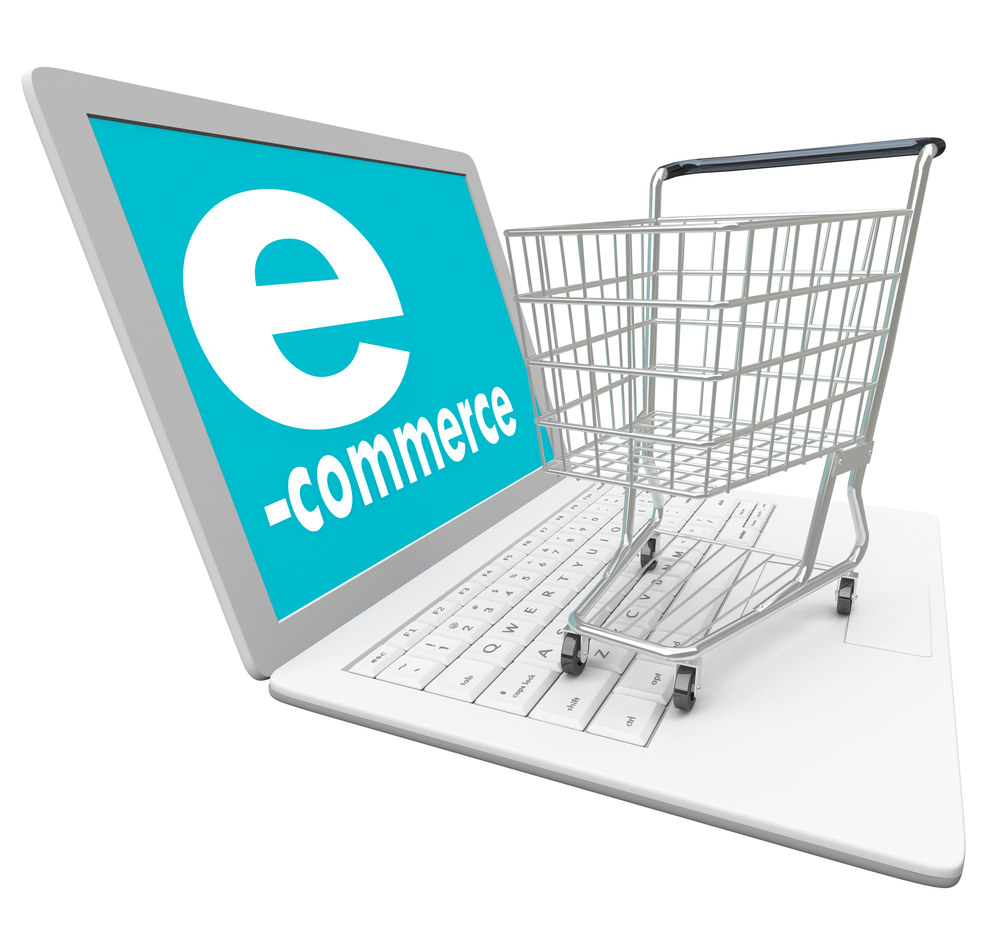 If you wish to succeed at selling through your ecommerce site, you need to begin on a firm footing. You’ve got a ton of competition out there and price SHOULD NOT be your only differentiator. If it is you’re leaving a lot of money on the table and missing out on massive amounts of customers. Presented here are the eight essential steps you need to take in order to build the perfect ecommerce website, maximize traffic, and drive more conversions.
If you wish to succeed at selling through your ecommerce site, you need to begin on a firm footing. You’ve got a ton of competition out there and price SHOULD NOT be your only differentiator. If it is you’re leaving a lot of money on the table and missing out on massive amounts of customers. Presented here are the eight essential steps you need to take in order to build the perfect ecommerce website, maximize traffic, and drive more conversions.
-
Plan your approach and base it on detailed information on standard best practices. This will allow you to not only get the execution right fast but will also give you ideas to introduce elements that can make your website get noticed. Mapping out a plan based on essential requirements (products, images, shopping cart, SEO optimization) and features that you’d like to have (forum, affiliate program, auctions) will also allow you to stay focused on priorities.
-
Choice of ecommerce platform and site template, or custom design, matters. If you plan to first test the waters, you’ll do just fine with WordPress. You can set up a fully functional ecommerce website using WordPress, there are plugins for data feed downloads, SEO, integrated shopping cart, different payment gateways, and much more. In fact, I only use WordPress because it’s so easy to use and flexible. For elaborate businesses, there are e-commerce platforms that you can compare for features and budget. Platforms include Shopify, Volusion, FoxyCart, Magento, Izzonet, and others.
-
Incorporate SEO optimization techniques from the very beginning. These include doing the necessary keyword research to determine what your potential customers are searching for and then incorporating what you’ve learned into title tags and page copy as well as using canonical URLs, alt tags for images, considering site loading speed, implementing sitemaps, and 301 redirects where appropriate.
-
Work on building a social media presence in order to reach out to prospects, build relationship and promote your business. Social media icons should be easily viewable on your ecommerce website. Look up other sites for examples of eye-catching icons and smart use of space. Use social logins to increase engagement rates, improve user experience, and enhance the ability for your customers to become brand advocates.
-
Your ecommerce website design should allocate visibility to the different elements based on their importance. Product images and descriptions invariably get prime real estate. Drop-down menus, search, shopping cart, newsletter signup box, discount coupons, brand logo, payment system, special deals, etc all need to be prioritized and placement determined. Of these, most elements automatically select themselves for a position above the fold.
-
A smooth single-page checkout with a hassle-free payment system creates a very favorable impression. Conversely, glitches in checking out such as the page refreshing and not going anywhere, a slow loading page, difference in amount billed as shown on the product page and payment page, etc can lead to abandoned shopping carts. The payment system should be configurable, scalable, work with different internationally accepted payment methods, and inspire trust.
-
Mobile traffic is set to grow at an exponential rate. Your ecommerce site should be optimized for mobile phone and load quickly. Logins and purchases should be easy and the layout should adapt to the smaller screens while maintaining a great user experience.
- Commerce, whether in the real world or online, has to be data driven. Analytics deliver a wealth of actionable metrics for you to study and take necessary action to refine content and process. With ecommerce, accurate and timely analytics is crucial so you can quickly and easily measure business metrics such as top referring sites, your best converting sources, most viewed products, flaws in your sales funnel, top performing keywords, etc. Understanding this info and having it organized in a way that allows you to make better decisions faster is your key to consistent improvement and a healthy bottom line.
If you’re just getting started be sure to select a cool brandable name that’s memorable and then work to implement the above-mentioned points to ensure that you hit the ground running. Some aspects, such as SEO, analytics, and social media, are an ongoing process. Keep at it, become a student of the game and you’ll definitely see progress and find willing buyers. This is a contact sport so get out there and start hustling!
Leave a Reply